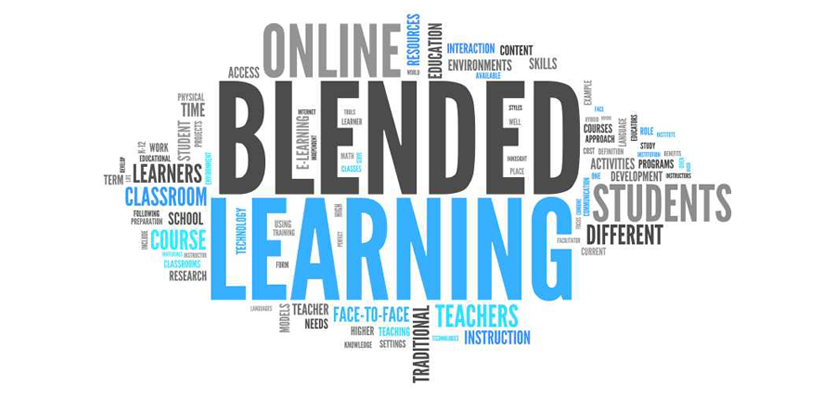
Creating a blended environment is all about getting the balance right.It means mixing the best of online study techniques with the benefits of having physical time and space for face-to-face teaching – without either dominating the learning process at the expense of the other.
Online and offline, formal and informal – everything needs to come together harmoniously. To achieve this, why not follow these ‘do and don’t’ tips.
As with every part of the digital classroom revolution, the system you use should feel as enabling as possible, and in no way a hurdle.
Do: Go for ease of use. For students, content should be a click or two away at most. Teacher tools should be straightforward, so they don’t interrupt or frustrate.
Do: Build in assessment at every stage. It should be robust and immediate, so teachers can access the data – and then use it.
Don’t: Rely on just one platform. Learning should flex across devices and tools, such as smartphone/tablet apps.
Do: Make sure the system is flexible and expandable, so teachers can develop their own lesson plans, and new content and resources can constantly be added and made available.
Once the technology feels right, the way it’s incorporated into the learning model and environment is critical.
Don’t: Adopt a generic approach and style. The way blended learning works at your institution should reflect your own ethos and mission, and not be an imposed identikit solution. Establish (and then communicate) how you want to stamp your style on things.
Do: Train and support your teachers, as they adapt from a traditional ‘on the stage delivering content’ role to one that’s more akin to being a coach, supporting students in understanding and interacting with content. Blended learning doesn’t diminish their input, or replace it: in fact, it makes them more important. But they may need support in knowing how to make this shift.
Do: Keep things variable. Blending can encompass flipping, digital supplement (where the tools support the teaching) and self-paced learning. There’s no need to limit yourself to just one of these. Equally, some online sessions might only last a few minutes, others might last longer. Sometimes students might study on their own, at other times in pairs or groups. Likewise there’s no reason to see the face-to-face element of a blended environment as the only time for collaboration – the closer you bring the online and the classroom together, the better learning will flow.
Do: Capture the classroom discussion elements, and incorporate them into the online content. The two will then feel connected and continuous.
One result of blended learning should be that students feel greater ownership of their learning.
Don’t: Allow the technology (or the environment) to rule the student. They should shape their own learning choices, as much as possible.
Do: Make the most of the fact that blended learning can empower introverted students (and those with limited language skills) to contribute to discussions.